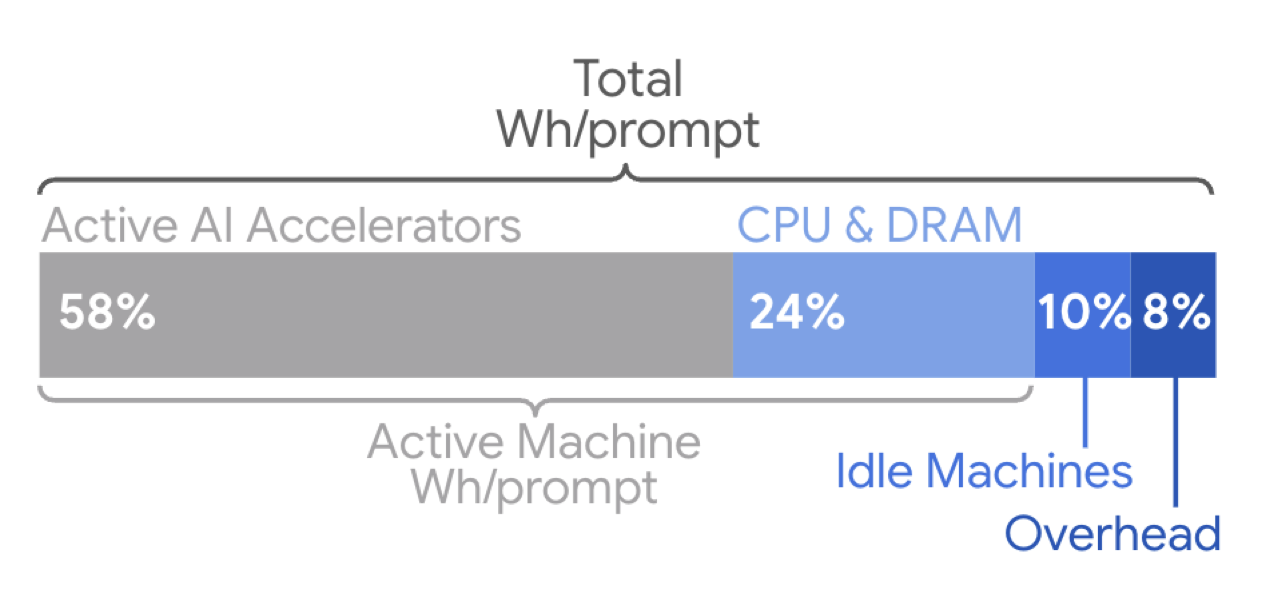Introduction to the EU AI Act Public Consultation
On 6 June 2025, the European Commission opened a public consultation aimed at refining the implementation of rules for high-risk artificial intelligence systems under the EU AI Act. This consultation represents a critical step in operationalising the Act’s risk-based framework ahead of key compliance deadlines in 2026. The consultation invites a wide range of stakeholders to share their perspectives, including developers and providers of high-risk AI systems, businesses and public sector bodies that use these systems, as well as academic and research institutions, civil society organizations, government bodies, regulatory authorities, and the general public.
Purpose of the Consultation
The consultation seeks stakeholder input to clarify the classification and regulatory obligations for high-risk AI systems. Specifically, the Commission aims to gather real-world examples to guide the interpretation of “safety components” in products (e.g., medical devices or industrial systems), and to better define which AI systems fall under the high-risk category as outlined in Annex III of the AI Act. Respondents are also asked to comment on how to apply key obligations such as data governance, human oversight, and risk management, and how to assign responsibilities among various actors in the AI development and deployment chain.
Key Topics and Themes
The consultation is structured around five main sections:
- Classification and Product Safety – Guidance on interpreting Article 6(1), particularly regarding AI systems that are part of EU-harmonised product frameworks.
- Use-Case Based Classification – Clarification of high-risk scenarios listed in Annex III, including overlaps with prohibited uses.
- Cross-Cutting Issues – Consideration of how intended purpose and categorisation interact across different contexts.
- Obligations and Governance – Detailed inquiries into conformity assessments, responsibility allocation, and changes in system risk profiles.
- Future Annex Updates – Stakeholders are invited to propose changes to Annex III and to suggest new areas where additional regulation may be needed.
Expected Outcomes and Next Steps
Feedback collected will inform two sets of guidance documents: one focused on classifying high-risk systems and the other on compliance obligations. These guidelines are scheduled to be published by 2 February 2026, providing clarity well ahead of the AI Act’s full enforcement date in August 2026. The Commission also intends to use consultation feedback to evaluate whether updates to Annex III or the list of prohibited AI practices are warranted. The overarching goal is to ensure consistent, effective, and future-proof implementation of the AI Act across the EU.
Conclusion
The public consultation on the EU AI Act is a crucial step towards creating a comprehensive and effective regulatory framework for high-risk artificial intelligence systems in the European Union. By gathering input from a diverse range of stakeholders, the European Commission aims to ensure that the AI Act is implemented in a way that balances innovation with safety and responsibility. As the EU moves towards the full enforcement of the AI Act in 2026, this consultation provides an opportunity for all stakeholders to contribute to the development of guidelines that will shape the future of AI in Europe.
FAQs
- Q: What is the purpose of the EU AI Act public consultation?
A: The purpose is to gather stakeholder input on the classification and regulatory obligations for high-risk AI systems. - Q: Who can participate in the consultation?
A: The consultation is open to all stakeholders, including AI providers, deployers, public authorities, civil society, and individual citizens. - Q: What are the key topics and themes of the consultation?
A: The consultation covers classification and product safety, use-case based classification, cross-cutting issues, obligations and governance, and future annex updates. - Q: What are the expected outcomes of the consultation?
A: The feedback will inform guidance documents on classifying high-risk systems and compliance obligations, to be published by 2 February 2026. - Q: How can I stay informed about the EU AI Act and its implementation?
A: You can visit our website at AI-Regulation.com and follow us on LinkedIn, Twitter, and Facebook.











